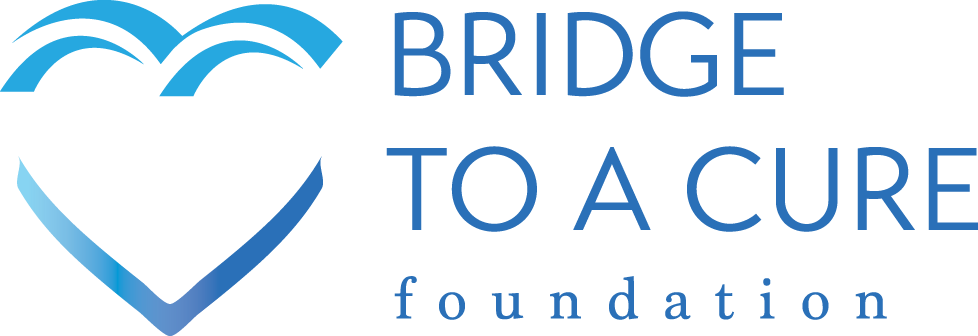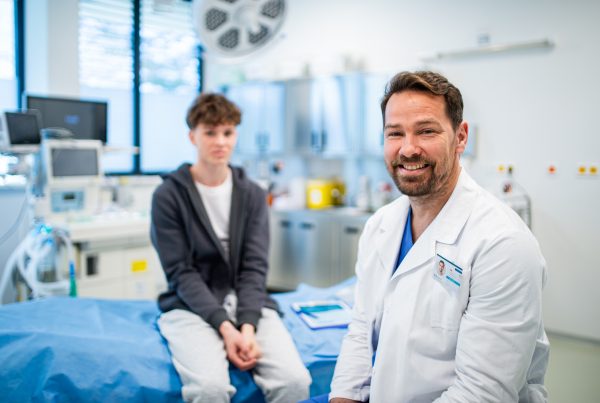The coronavirus outbreak is teaching us the importance of an “ounce of prevention.”
With the worldwide spread of coronavirus, we are all being asked to do our part to stop its spread. Washing hands, maintaining social distance, and staying home if you are sick are things we can all do to preempt COVID-19, the respiratory illness caused by coronavirus.
Much has been written about how COVID-19 largely spares children. However, families of children with cancer know that any infection, including this new one, can weaken their child’s defense system.
Amid the coronavirus pandemic and all we are being asked to do to stop it, we should not lose sight of the fact that cancer remains the leading cause of death by disease among children and adolescents, and the third leading cause of childhood death overall.
The exact cause of childhood cancer remains unknown; however, researchers believe it is most likely caused by a combination of genetic, environmental, and immune system factors. In today’s blog we examine some of these factors and what we should be doing to prevent more kids from developing cancer.
Risk factors for childhood cancer remain poorly understood for several reasons. For example, most children with leukemia don’t have any known risk factors, and many children who are affected by risk factors don’t develop cancer.
Nevertheless, we know that there are many factors that increase the risk a child will develop cancer. These include prenatal problems, exposure to infections and radiation, and genetic factors. Here is what we know about some of the risk factors, and recommendations for preventative measures we can take to preempt them:
Genetic Risk Factors
Cancer is a genetic disease, caused by certain changes to genes that control the way cells function, especially how they grow, divide and mutate. Genetic changes that promote cancer can be inherited from parents if the changes are present in reproductive cells. Inherited genetic mutations play a major role in about 5-10% of all cancers, according to the National Cancer Institutes.
“Genetic changes that cause cancer can also be acquired during one’s lifetime, as the result of errors that occur as cells divide or from exposure to carcinogenic substances that damage DNA, such as certain chemicals in tobacco smoke, and radiation, such as ultraviolet rays from the sun,” NCI states.
How We Can Preempt Genetic Risks
Genetic tests for hereditary cancer syndromes can determine if a person from a family that shows signs of such a syndrome has one of these mutations, NCI says. These tests can also show whether family members without obvious disease have inherited the same mutation as a family member who carries a cancer-associated mutation.
The World Health Organization classifies four different groups of external agents as carcinogens that cause cancer in children: physical, biological, chemical carcinogens, and dietary components such as cured meats. Limiting or preventing children’s exposure to highly processed foods, tobacco smoke, and environmental toxins such as pesticides, solvents, and household chemicals can help to preempt genetic risks.
Infectious Risk Factors
Certain infectious agents, including viruses, bacteria, and parasites, can cause cancer or increase the risk it will develop, NCI states. Some viruses can disrupt signaling that normally keeps cell growth and proliferation in check. Some infections weaken the immune system, making the body less able to fight off other cancer-causing infections. And some viruses, bacteria, and parasites cause chronic inflammation, which may lead to cancer.
Epstein-Barr virus and HIV, the virus that causes AIDS, have been linked to an increased risk of childhood cancers, including Hodgkin and non-Hodgkin lymphoma, according to Stanford Children’s Health. Hodgkin lymphoma accounts for 4-6% of all childhood cancers, with the highest incidence rates in ages 15-19, while non-Hodgkin lymphoma (NHL) account for 6-7% of all childhood malignancies, according to NCI.
Acute lymphoblastic leukemia (ALL) and acute myeloblastic leukemia (AML) are the two most frequent types of leukemia in children. In a Kazakh study titled “Childhood cancers: what is a possible role of infectious agents?” researchers propose two possible models to explain how infectious agents could play a role in the development of childhood leukemia — either by directly transforming cells, or by secondary genetic or immunological alterations caused by abnormal immunological responses to congenital, neonatal, or post-neonatal infections. These can act as a “triggering mechanism” for leukemia and possibly other types of cancer, the study states.
How We Can Preempt Infectious Risks
Many infectious agents can be controlled by treatment and/or vaccination. For instance, using immune globulins during pregnancy and after birth has been shown to boost the protective effect against some herpes viruses linked with childhood cancer. Vaccines may also protect against mother-to-child transmission of infections, the Kazakh study notes. This includes sanitation measures to prevent infections during pregnancy and early childhood, as well as in healthcare institutions.
Not surprisingly, many standard measures now recommended to prevent the spread of coronavirus are important for preventing infections that are risk factors for childhood cancer, or can exacerbate illness in young people battling cancer.
Immune and Protective System Risk Factors
The immune system helps protect against cancer in three ways: It detects “nonself” antigens from pathogens or infected/malignant cells; specifically targets and destroys pathogen or infected/malignant cells while protecting the host; and develops “immunological memory” allowing it to adapt immune responses and defend against attacks.
“This multifaceted mechanism consists of the three primary phases: elimination, equilibrium, and escape, that contribute to cancer elimination, dormancy, and progression, respectively,” states one NCI study. “Interestingly, this ability of cancers to evade or escape the immune response is now recognized to be one of the most distinguished cancer hallmarks, which provides the platform for treatments within the context of immunotherapies.”
How We Can Preempt Immune System Risk Factors
Boosting research into immunotherapy is one of the most promising areas of Bridge to a Cure’s work to support building a National Pediatric Cancer Database. Building the database will also allow us speed up research into how cancer cells are able to evade apoptosis (programmed cell death), and to target angiogenesis, the formation of new blood vessels that feed tumor growth.
Just like with coronavirus, there are things we can all do to help boost our children’s immunity and our own, including maintaining healthy diets, immunizations, regular exercise and medical exams, and of course, frequent hand-washing. As our nation copes with the unprecedented coronavirus epidemic, Bridge to a Cure will continue the fight to tear down the five deadly barriers against finding a cure, and to make a national database a priority.
Childhood Cancer Facts
- The incidence of childhood cancer is on the increase, averaging 0.6% increase per year since the mid-1970s, resulting in an overall increase of 24% over the last 40 years.(1)
- 1 in 285 children was diagnosed with cancer in 2014.(1)
- 43 children per day or 15,780 children per year are expected to be diagnosed in with cancer (10,450 ages 0 to 14, and 5,330 ages 15 to 19). (1)
- The average age at diagnosis is 8 overall (ages 0 to 19), 5 years old for children (aged 0 to 14), and 17 years old for adolescents (aged 15 to 19) (9), while adults’ average age for cancer diagnosis is 65.(7a)
- Childhood cancer is not one disease — there are more than 12 major types of pediatric cancers and over 100 subtypes.(1)
Source: https://cac2.org






